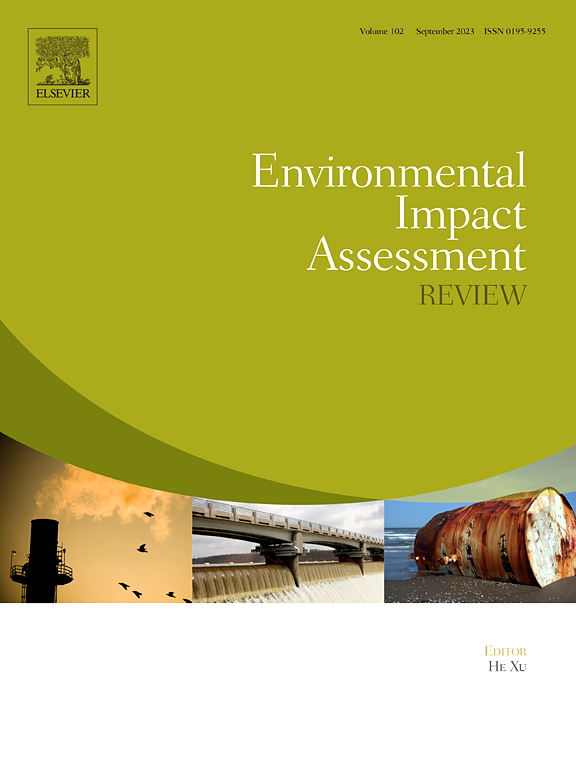从报废轮胎中回收炭黑:相应的生命周期评估
IF 9.8
1区 社会学
Q1 ENVIRONMENTAL STUDIES
引用次数: 0
摘要
闭环、减少资源消耗和环境影响是应对气候生态危机的关键。轮胎生产需要不可再生资源,如石油生产炭黑。本研究采用相应的生命周期评估方法,分析了脱矿和活化过程对提高废旧轮胎炭黑质量的影响。结果表明,高质量、增强的再生炭黑(HQR-rCB)在9个影响类别中有2个可以实现环境净节约,同时对其他7个类别仍有净影响。分析的备选情景表明,排除脱矿过程显著改变了系统的环境影响概况,在9个影响类别中实现了7个净环境节约,而在另一个影响类别中产生的环境影响要小得多。因此,评估为提高rCB质量而实施的后处理方法的环境影响是强制性的,这表明质量和环境可持续性之间应该存在权衡。总的来说,这项研究表明,实现更好的环境可持续性概况不仅仅是应用循环原则。本文章由计算机程序翻译,如有差异,请以英文原文为准。
Recovering carbon black from end-of-life tires: A consequential life cycle assessment
Closing loops, reducing resource consumption and environmental impacts are vital to tackle the climate-ecological crisis. Tire production demands non-renewable resources such as oil for carbon black production. This study analyzes the consequences of demineralization and activation processes to improve the quality of carbon black recovered from end-of-life tires by means of a pyrolysis process, using consequential life cycle assessment methodology. The outcomes show that high-quality, reinforcing recovered carbon black (HQR-rCB) leads to net environmental savings in two out of nine impact categories addressed, while still having net impacts on the other seven. The alternative scenarios analyzed show that excluding the demineralization process significantly changes the environmental impact profile of the system, achieving net environmental savings in seven out of nine impact categories while having much lower environmental impact in another one. Therefore, assessing the environmental impacts of post-treatment methods implemented to improve the quality of the rCB is mandatory, demonstrating that there should be a trade-off between quality and environmental sustainability. Overall, this study shows that achieving a better environmental sustainability profile goes beyond applying the circularity principle.
求助全文
通过发布文献求助,成功后即可免费获取论文全文。
去求助
来源期刊

Environmental Impact Assessment Review
ENVIRONMENTAL STUDIES-
CiteScore
12.60
自引率
10.10%
发文量
200
审稿时长
33 days
期刊介绍:
Environmental Impact Assessment Review is an interdisciplinary journal that serves a global audience of practitioners, policymakers, and academics involved in assessing the environmental impact of policies, projects, processes, and products. The journal focuses on innovative theory and practice in environmental impact assessment (EIA). Papers are expected to present innovative ideas, be topical, and coherent. The journal emphasizes concepts, methods, techniques, approaches, and systems related to EIA theory and practice.
 求助内容:
求助内容: 应助结果提醒方式:
应助结果提醒方式:


